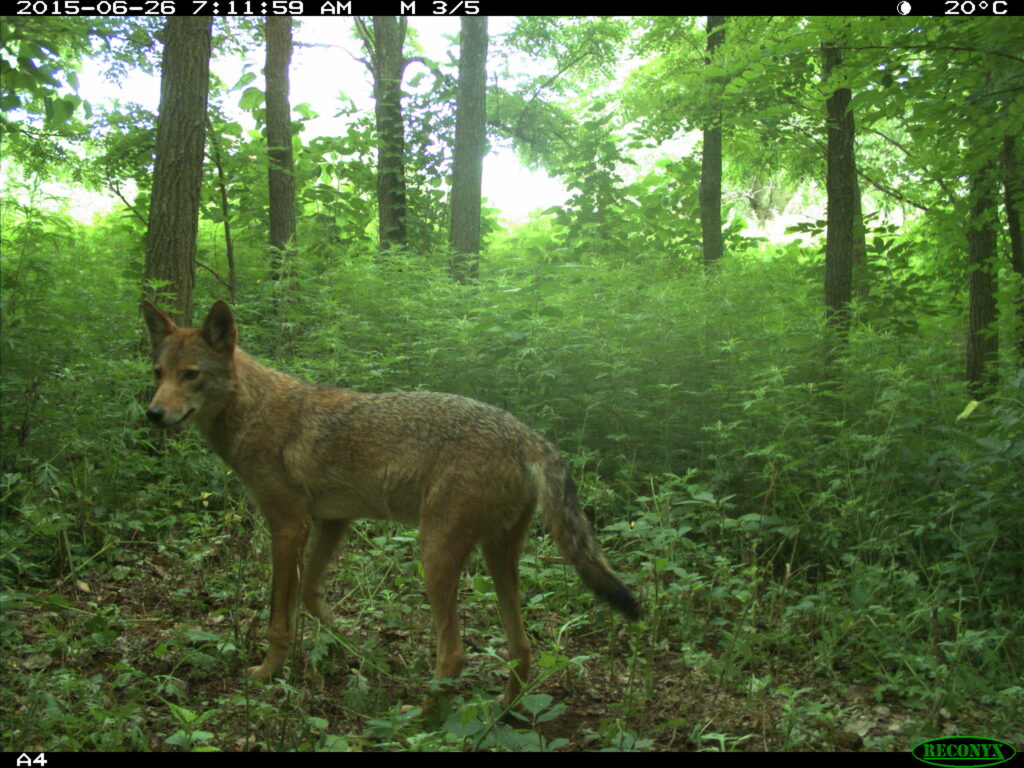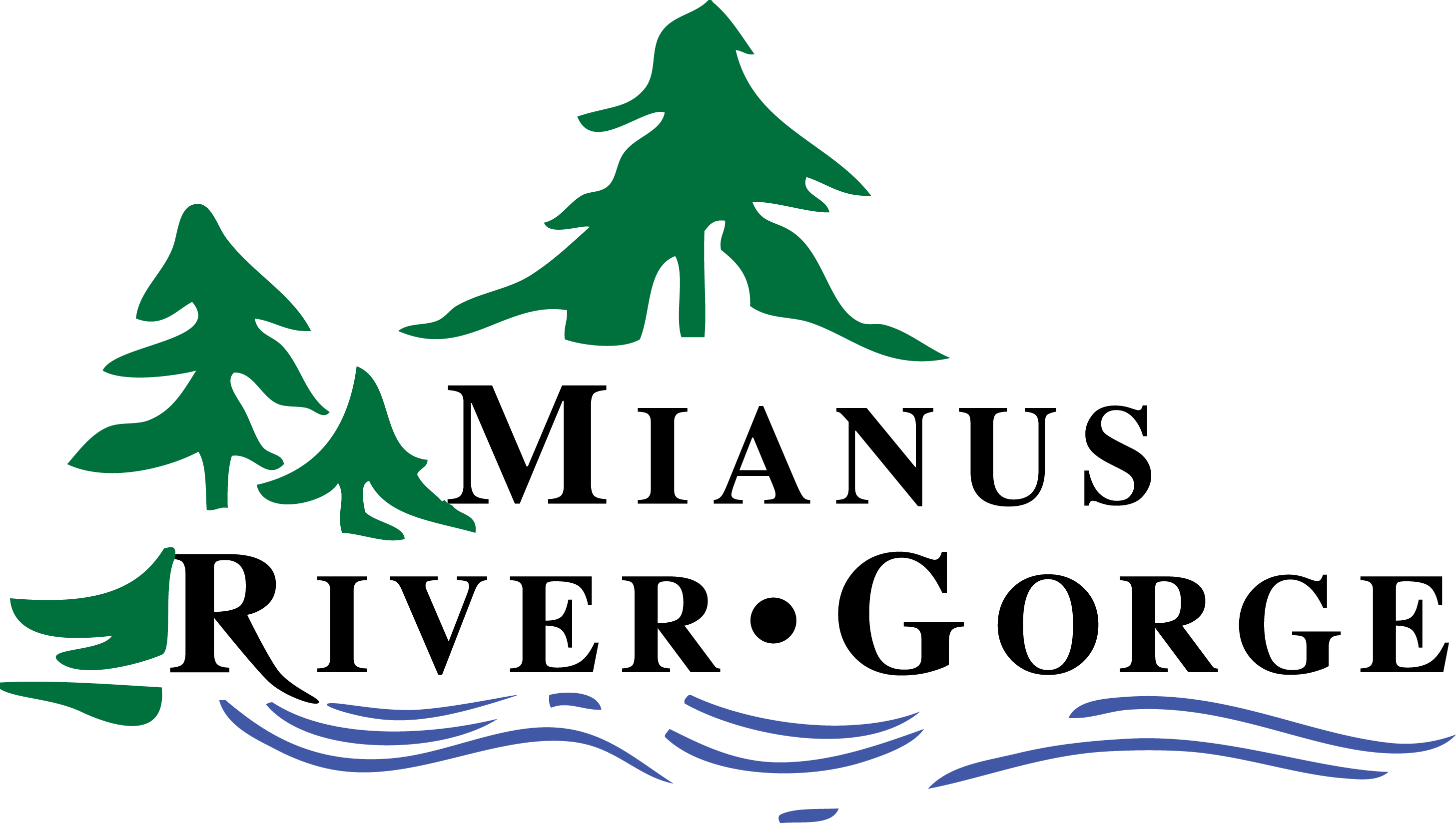Wildlife Tech Class of 2018
Blind Brook High School
Mentor: Chris Nagy (MRG)
Project: Activity patterns of mammals in Bronx, NY Parks vs. Mianus River Gorge Preserve, Bedford, NY

Project Status: Completed
Project Description:
Urban environments can alter the behavior of animals in a myriad of ways. In this study, the effects that urban environments have on the temporal activity patterns of animals were evaluated, comparing an urban environment to a more exurban area. XX motion activated “camera traps” were deployed in XX parks the Bronx borough of New York City and at the Mianus River Gorge Preserve in Bedford, New York. Using equipped with a scented bait, sightings of each animal common to both areas were recorded and classified based on species into Camelot, an online database. From there the data were entered into the software R, and was displayed as kernel density plots using the package “overlap”, where it was evaluated to determine the differences between the two different areas. The animals I investigated were coyotes (Canis latrans), white-tailed deer (Odocoileus virginianus), Northern Raccoons (Procyon lotor), eastern cottontails (Sylvilagus floridanus), and Virginia opossums (Didelphis virginiana). Coyotes and white-tailed deer were generally crepuscular mammals, but were more active at dusk in the urban setting and active at dawn in the exurban setting. However, this trend was flipped for the raccoon, which was most active at dawn in the city. Eastern cottontails were mostly nocturnal in their natural setting, but displayed crepuscular habits in the urban setting. Lastly, the Virginia opossum displayed a similar pattern of activity in both settings. There are a number of factors that could have influenced these changes in activity such as human interaction, interactions with the other species, changes in food source, which creates a need for further research to fully examine the effects that cities have on animal populations.
